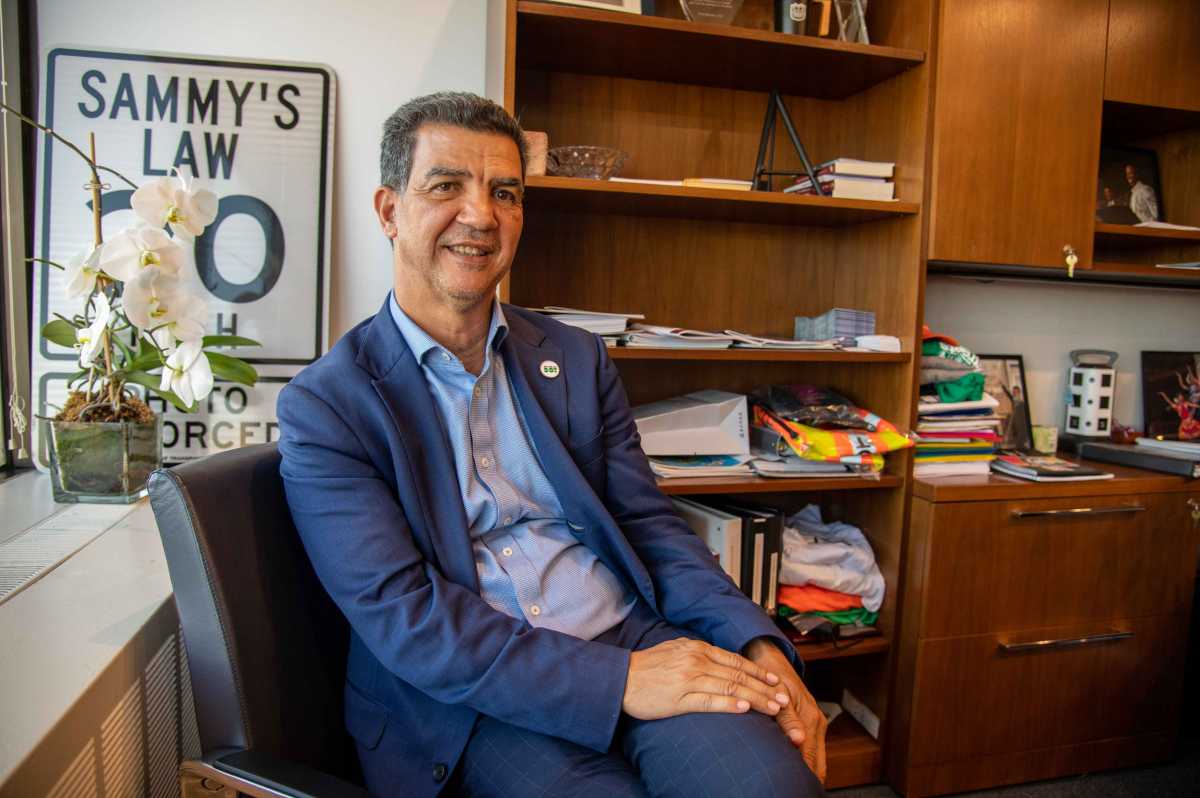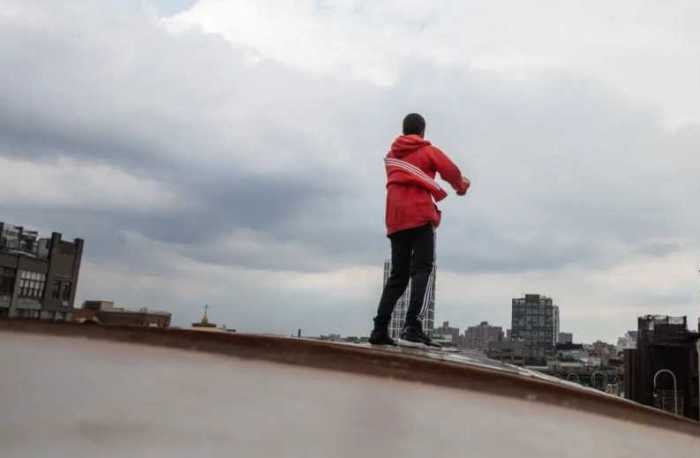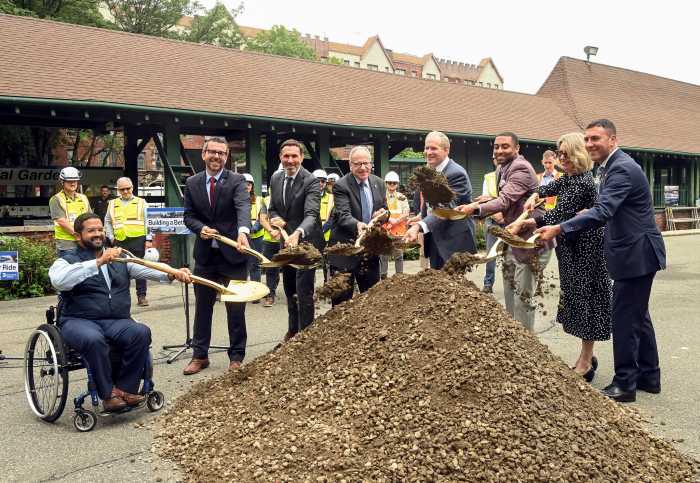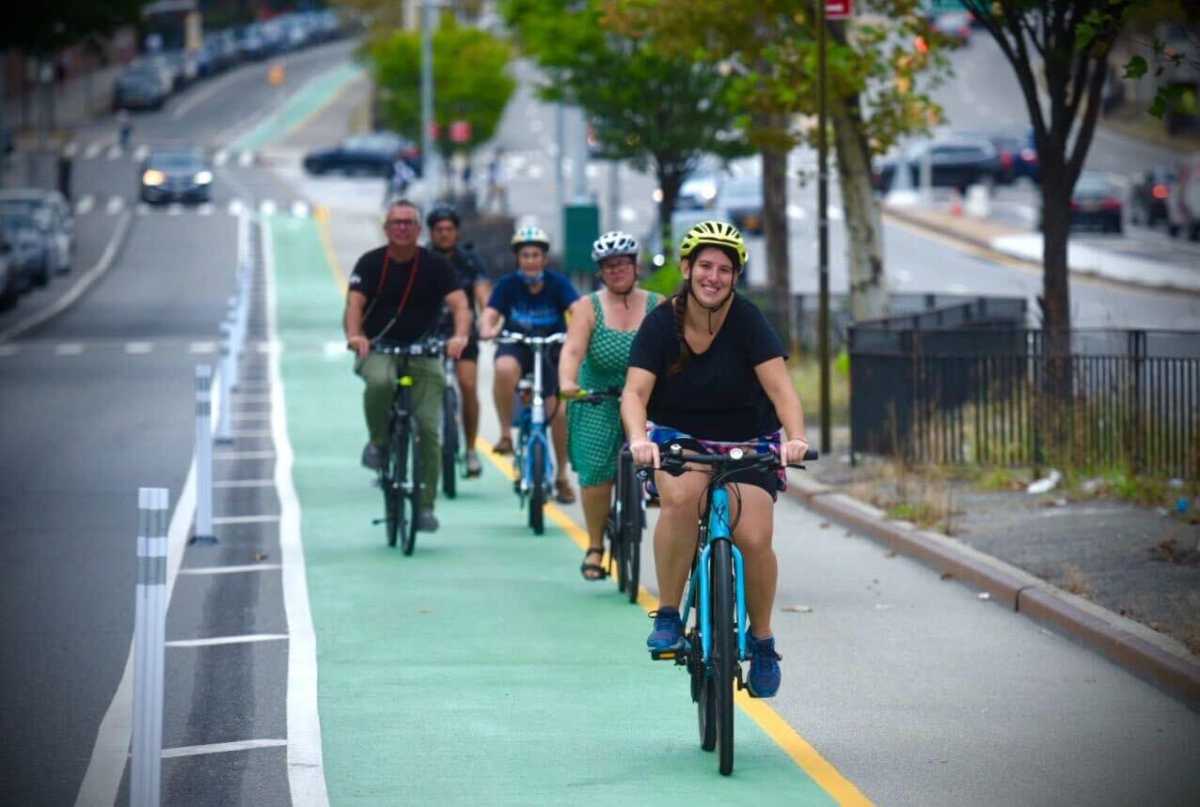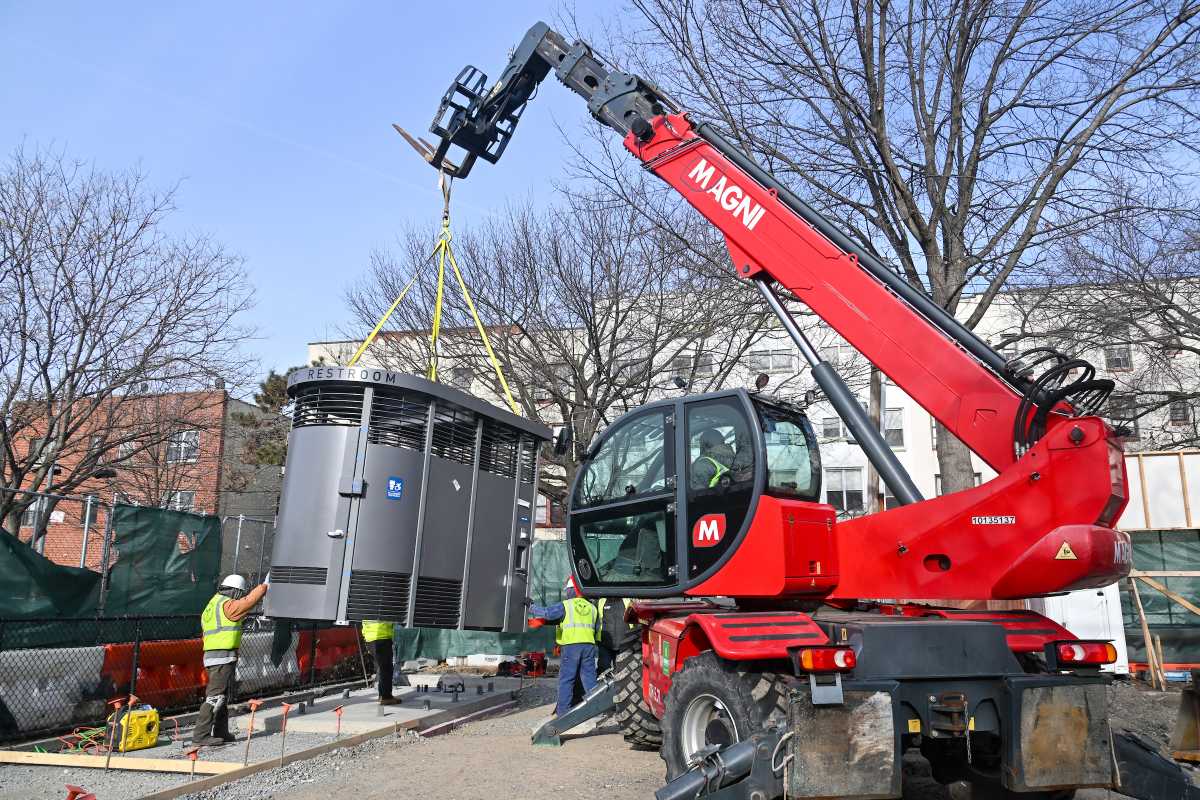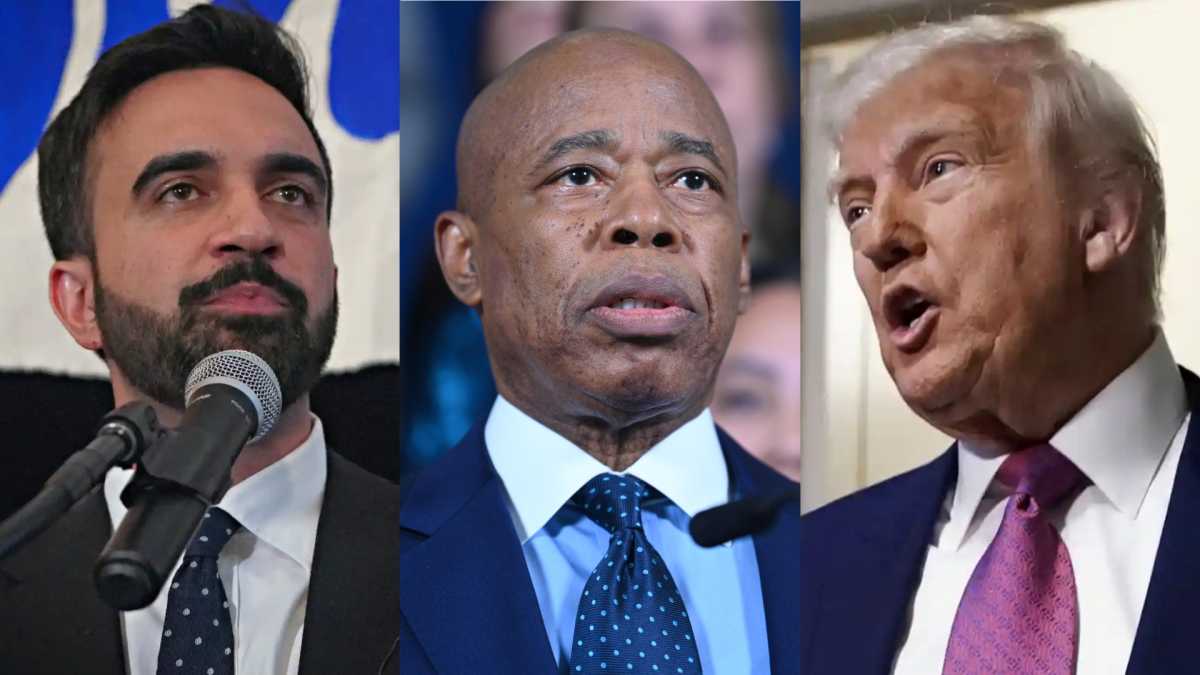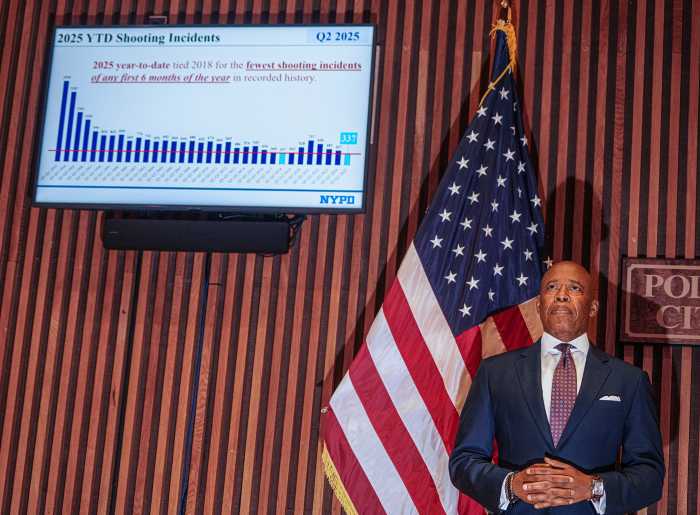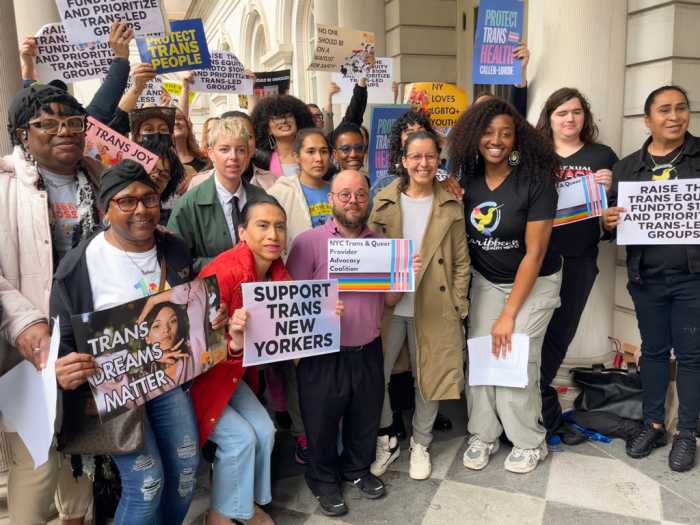From his roots in the Dominican Republic to his current role at the helm of the nation’s largest transportation department, New York City Department of Transportation Commissioner Ydanis Rodriguez remains guided by the core principles instilled in him during his upbringing.
“Everything for me has been possible because of how everything started in my early years with the value of community,” Rodriguez said.
In 2022, Rodriguez became the first Hispanic person to direct the NYC Department of Transportation (DOT), where he became responsible for maintaining the streets, sidewalks and intersections that keep the city’s over 8 million people moving. According to Rodriguez, his lived experience as an immigrant, an activist, and an educator gave him the work ethic and guiding principles he needed to lead the city’s transit department.
“We all come from places where we bring our culture,” Rodriguez said.
Born and raised in the Dominican Republic in a town where he said the primary mode of transportation was horses or bicycles, Rodriguez said that his family made the most out of what they had. Looking back, he recognized that a lack of material wealth didn’t mean his childhood experience wasn’t rich.
“I was eating organic because we cultivated all the food we were eating,” said Rodriguez. “We didn’t have vehicles, so we had good quality air.”
Rodriguez immigrated to New York in the ’80s at 18, following his father and sisters. At the time, New York was experiencing high crime rates, the crack epidemic was just getting started and entire neighborhoods in the Bronx had undergone urban decay. Still, Rodriguez soon found his community in his new home among activists and organizers.
“It took me a year from ‘83 to ‘84 to find other people that, like me, thought that we had the responsibility to fight, to work to make the world a better place for everyone,” Rodriguez said.
Rodriguez worked. He put himself through college by driving a taxi in Kingsbridge, getting a bachelor’s degree in political science and a master’s degree in bilingual education. He even worked in a cafeteria that was in the same building as his current office in the financial district. He described formative experiences as a student activist in the ‘80s and ‘90s, protesting and organizing first against overcrowding in schools, then again over tuition increases and budget cuts.
“In both fights we mobilized thousands of people,” he said. “We got a lot of support from interfaith religions, elected officials and unions.”
Upon completing his master’s degree, he became a NYC teacher, a career that reflected his lifelong commitment to education.
“Education for me has been the guiding force of what I do in my life,” Rodriguez said. “Even today in the transportation role.”
After more than 15 years as a teacher, during which Rodriguez founded two schools including one that serves Latin American immigrants while they transition to the U.S. education system, he ran for city council. After two failed campaigns, he was elected as council member for district 10 which includes Washington Heights, Inwood and Marble Hill in 2009.
It was during his time on the city council that Rodriguez developed his interest in transit. He described sitting in transit committee meetings and listening to stories of pedestrians like Jean Paul Guerrero, a 97.9 DJ who was killed in a hit and run in 2016 in Brooklyn, and Josbel Rivera, a 23-year-old man who was left to die after being struck on Mosholu Parkway.
“He was killed months after he graduated college with his degree,” Rodriguez said of Rivera. “His mom had just been helping him to organize what would have been his new office.”
A Vision of Transit Equity and Sustainability in the Bronx
But for Rodriguez, being the Commissioner of the DOT is not just about keeping New Yorkers safe, it’s also about social justice and equity. These concepts, for instance, were ignored when Robert Moses, an urban planner, designed and constructed the Cross Bronx Expressway in the late 1940s, which divided communities and displaced families.
The city and state DOT recently launched a study to reimagine the Cross Bronx Expressway, with social justice in mind. They were awarded a $2 million U.S. Department of Transportation Rebuilding American Infrastructure with Sustainability and Equity (RAISE) grant, to research the Cross Bronx Expressway as part of a possible revamp.
Rodriguez was careful to emphasize that corrective actions to reunite communities divided by the Cross Bronx Expressway should consider not only the community’s needs, but also possible consequences of each proposal. For example, Rodriguez said that plans including additional bridges may actually bring more vehicles into the area instead of fewer.
Community members, academics and Bronx representatives have suggested capping the expressway to mitigate the noise and air pollution that have contributed to chronic disease and quality of life issues for Bronx residents for decades.
Such a plan would add a deck to sections of the corridor with filters for the exhaust released by vehicles. Rodriguez acknowledged the community’s call to cap the Cross Bronx but said that reimagining the expressway is only one part of the puzzle, noting that he wants to encourage the private sector to use more electric vehicles and find other creative solutions of reducing congestion in the area.
“The other thing that we are doing and focusing on right now with funding that we have together with EDC (New York City Economic Development Corporation) is to look at the blue highway,” Rodriguez said.
The blue highway initiative would attempt to shift freight traffic from the streets to the waterways through modernizing city owned ports including Oak Point in the Bronx and supporting sustainable last mile delivery options like low emission vehicles, according to NYC EDC.
Rodriguez also highlighted a $25 million dollar federal grant the DOT received to install 173 public e-bike charging stations around 53 NYCHA buildings, an effort to curb indoor charging of lithium ion batteries which have caused deadly apartment fires over the past few years. The program is a pivot from its earlier attempt to ban e-bikes from being stored or charged in NYCHA apartments or common areas. Rodriguez was optimistic that New Yorkers would take advantage of a safe charging and storage station.
“The charger could be used – and they will be built – not only for residents of NYCHA, but for whoever lives in those communities to charge their e-bikes in a way that is safe and efficient,” Rodriguez said.
In August, DOT released an update on the success of a similar pilot program, rolled out across across five public charging stations in areas popular among delivery drivers. DOT reported that over half of the users surveyed, reported that they exclusively charge their e-bikes outdoors since the program’s launch.
Rodriguez’s path from council member to chair of the transportation committee, to now Commissioner of the Department of Transportation has been informed by his own history as an immigrant, an activist and an educator. But it has also been shaped – for better or worse – by those who came before him. He knows that the decisions he made in the past and present will impact the future of millions of New Yorkers.
“If we don’t reconnect communities that were divided by Robert Moses, if we don’t invest in the poorest neighborhoods then we will not be building our society in a good place for us, but also for future generations,” Rodriguez said.

